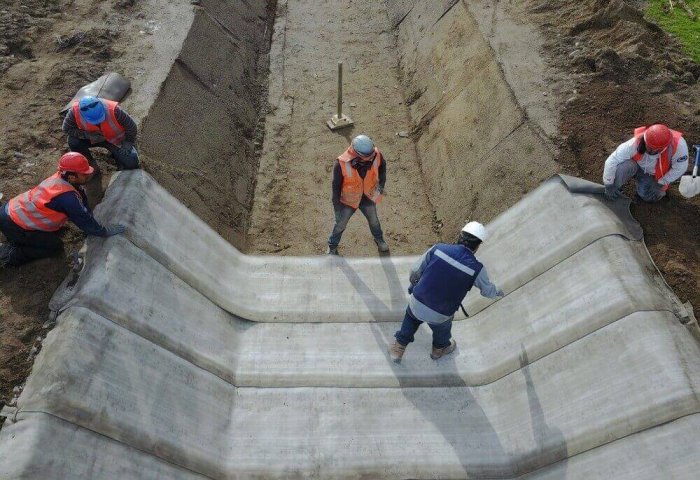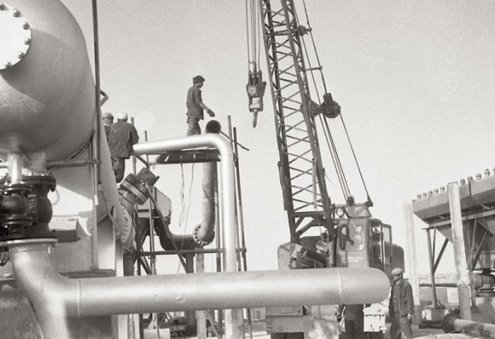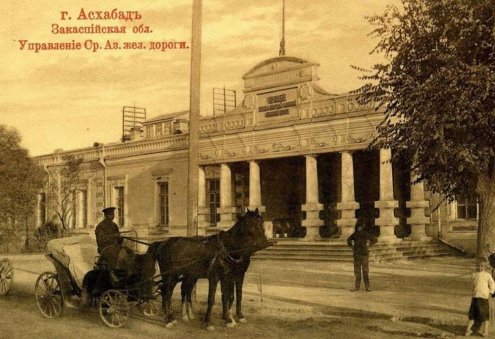Cement has been used since the dawn of time. Concrete's strong structure makes it an excellent construction material and its strength protects structures from damage during all types of natural disasters.
Concrete has a variety of uses in different fields. Concrete fabric, produced from the combination of fabric and cement using the latest technology, called Canvas Concrete, is used in many areas today. Concrete fabric is a material that has become increasingly popular in the construction industry in recent years. This type of concrete is preferred for its durability, lightness, aesthetic appearance, and also environmentally friendly properties, because concrete fabric is an environmentally friendly material as it is produced with lower energy consumption, unlike traditional concrete.
Concrete fabric has a lighter structure than the traditional concrete. This reduces construction costs and facilitates transportation and installation processes. In addition, the durability of concrete fabric is also very high. This material is also resistant to fire, earthquakes and other natural disasters. Therefore, it is frequently used in the construction industry.
It can be used in ditches, wells and other hard-to-reach places where concrete (cement) is difficult to adhere, without much equipment and mixing, allowing work to progress quickly. The fabric concrete, which is concrete in roll form, can be used in trenches, wells and other areas because it can be cut and fixed. Unlike normal concrete, concrete fabric can also be used in rain and other wet conditions.
Areas where concrete fabric is used include canal and irrigation systems, fire-resistant military installations and shelters. It is mostly used in water canal systems because it is easy to use and flexible. Canals through desert and barren lands absorb approximately 35-40% of the water transported. This means that nearly half of the water is wasted.
The use of concrete for canals both prevents the absorption of water by the soil and prevents salinization of the soil. However, concrete lining of canals is not preferred because it is a costly and time-consuming activity. However, the fast and simple construction of fabric concrete has become a preferred method in many canal constructions today. This method, which prevents the weakening of the edges of small and large canals due to erosion, saves both time and cost.
Turkmenistan is rich in cement production. While the produced cement is used in the domestic market, some of it is exported to foreign markets. Producing concrete fabric with some of this cement will contribute to the development of Turkmen economy. This material, although lightweight, is durable and long-lasting. It is especially used in the construction of prefabricated structures. With these features, the production and utilization potential of concrete fabric in Turkmenistan is quite high.
Nurmyrat Mommayev,
PhD Candidate at Marmara University's Department of Political Science and International Relations in Istanbul, Turkey









30635-90x604.jpg)




30625-90x604.jpeg)
_(1)30624-90x604.jpg)


